21 record-breaking things in Canada’s Northwest Territories
- Nele Remstedt

- Aug 8, 2023
- 6 min read
Updated: Feb 19

You know how, when you stare up at the stars, you feel all small and insignificant?
The Northwest Territories is the sort of place that puts everything in perspective. A superlative place, a place that’s larger than life. Like staring at the stars, it will leave a person humbled – and yet somehow, their life feels bigger.
The greatest waterfall
With a surface area of four acres and a flow-rate of 3 billion cubic feet per day, Virginia Falls, or Náilicho, could fill an Olympic-sized swimming pool in 2.5 seconds. The centrepiece of Nahanni National Park Reserve is twice the height of Niagara falls and considered to be the greatest wilderness waterfall on Earth.
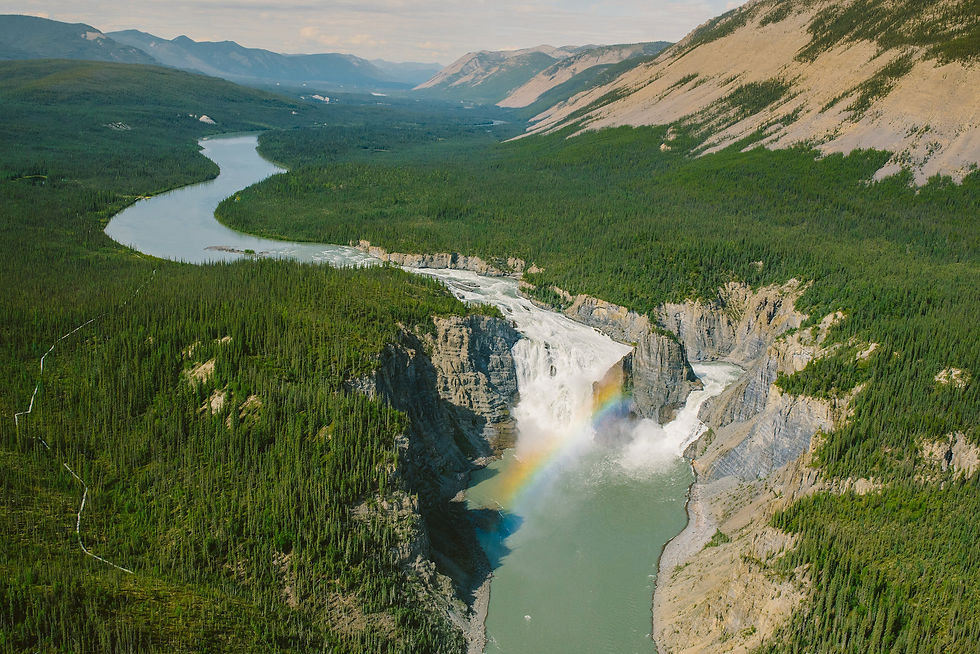
The most dangerous passage
For centuries, the Northwest Passage – the narrow, ice-choked, maze-like watercourse between the Atlantic and the Pacific across the top of Canada – taunted mariners. Hundreds were lured to their deaths here, including the legendary Sir John Franklin. Today, travelers can embark on safe expeditions on luxurious cruise ships visiting such famed locals as Parry’s Rock in Winter Harbour, the Investigator wrecksite at Mercy Bay, the grim Smoky Hills, and perilous Prince of Wales Strait, as well as the communities of Sachs Harbour and Ulukhaktok.
The largest lake
Great Bear is the mother of all Northern Lakes. It’s the size of Vancouver Island and only slightly wetter. The largest freshwater body entirely within Canada, it covers 31,000 square kilometres, with enough ice-blue water to supply Canada’s current household needs for 500 years. Unsurprisingly, patrolling the depths of this inland sea…
The biggest fish
Yep, that’s right. Great Bear is alive with freshwater monsters. Here, the Lake Trout grow the size of an 10-year-old-child, and are significantly more ferocious. Dene fishermen have netted leviathans that approach 90 pounds, while in the lake’s western reaches, an angler at a fishing lodge caught (and released) a 79-pounder – the world sportfishing record.

The wildest lights
Clear crisp nights. Zero light pollution. Optimal geography, right under the “Auroral oval”. It’s no wonder that the Northwest Territories is the world’s leading Aurora-viewing destination, with a lightshow that ignites the heavens more than 240 nights per year.
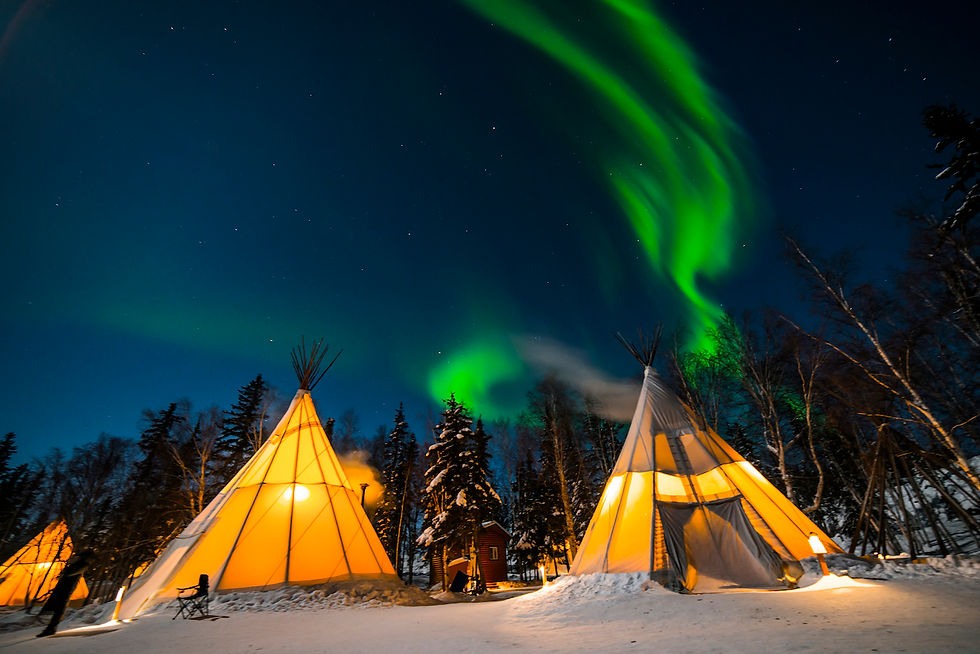
The toughest weather
If you travel to the uttermost tip of this territory, you’ll experience what may be the harshest weather on Earth. Meteorologists say the icebound Parry Islands, near the top of the Arctic Archipelago, suffer from a combo of clouds, dampness, wind and unrelenting cold that make it the most extreme, least habitable corner of Canada. Even for Inuit, this asteroid-like environment was no-man’s-land: devoid of plant or animal life, there was no reason for humans to come here, and no way to survive if they did.
The burliest beast
The Northwest Territories’ signature beast is the mountain-sized wood bison, herds of which amble along our highways, blocking traffic and just generally doing whatever they feel like. Bigger and darker than their southern cousins, the plains bison, they can stand six feet tall at the shoulder and tip the scales at a metric ton. This makes them the largest animal in the Western Hemisphere. Needless to say: keep your distance.
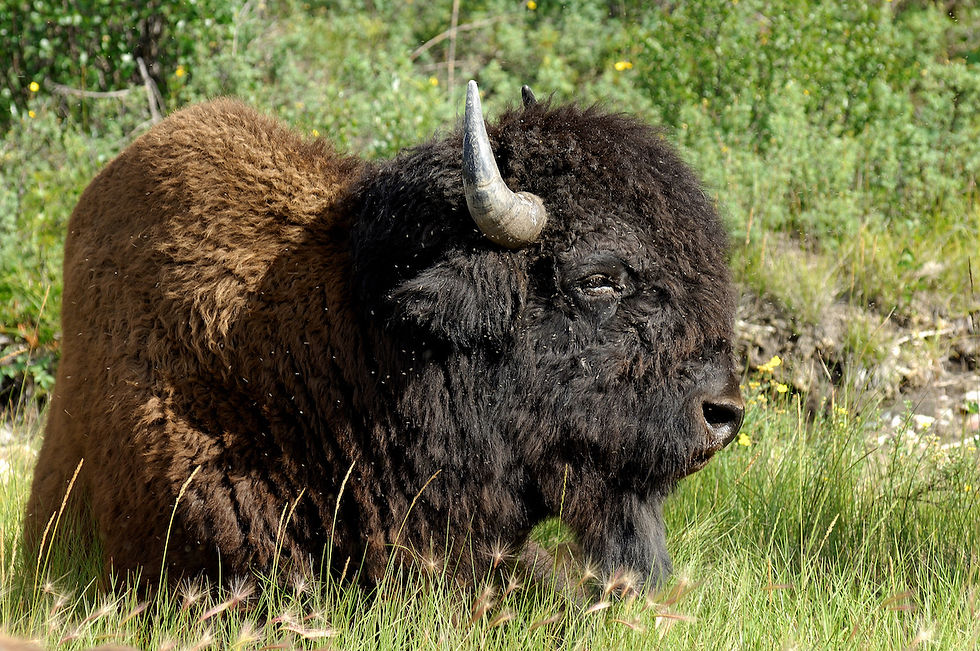
The deepest lake
Not far offshore from the little town of Lutselk’e, the bottom drops out of Great Slake Lake. Toss a stone from your boat and it’ll plunge through the dark cold water for 2,014 feet – greater than the height of Toronto’s CN Tower. Not only is Great Slave Lake by far the deepest lake in North America, but its bottom is also the lowest natural point on the continent, dropping a quarter-mile below sea-level.
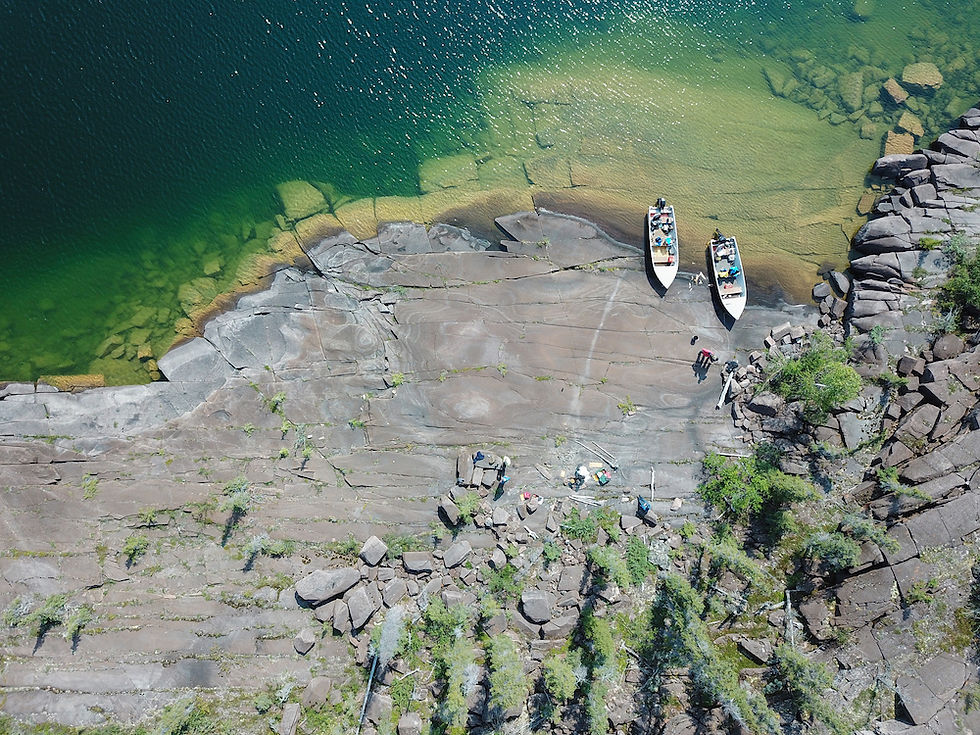
The loneliest park
Tuktut Nogait National Park is so remote that some years, no one goes there. It’s perhaps the least-touristed national park in Canada. That’s just fine with the park’s caribou, raptors, wolves and Barrenland grizzlies, which are pretty much indifferent to human presence.
The farthest road
The Dempster Highway is the start of Canada’s northernmost motorway, carrying road-trippers across the Arctic Circle all the way to Inuvik in the Mackenzie River Delta. And this is the beginning of the new highway to Tuktoyaktuk, an Arctic Ocean settlement famous for pingos, caribou and Inuvialuit culture.
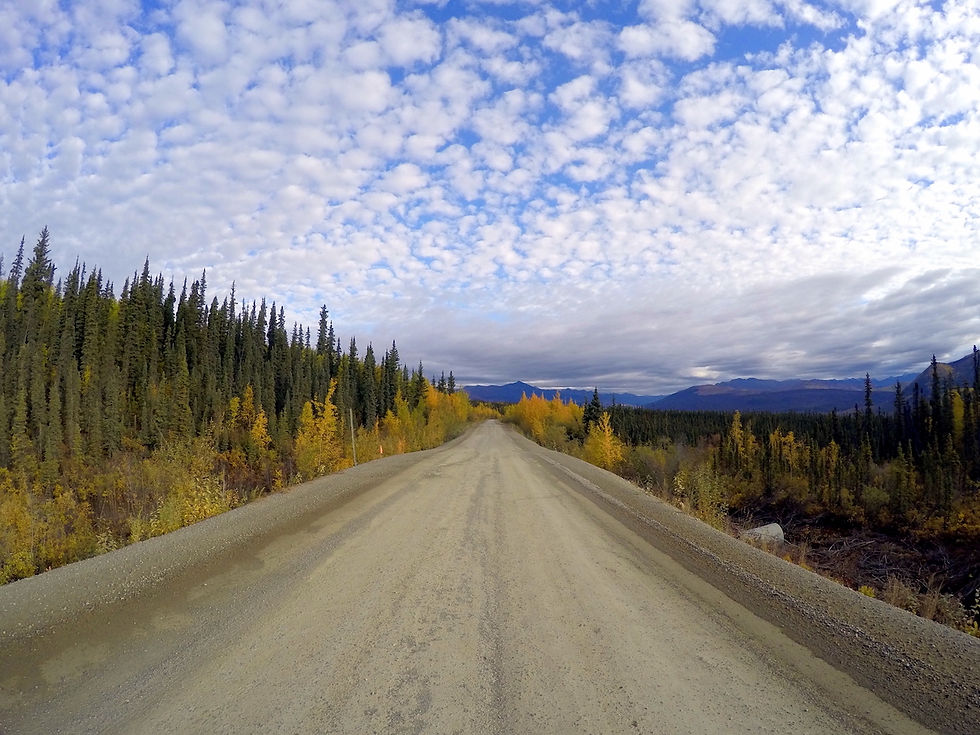
The mightiest river
With a watershed encompassing one-fifth of Canada, the Mackenzie is the country’s most significant river, spanning 4,000 kilometres from source to sea. In front of Norman Wells, the “Big Mac” is more than four kilometres wide; meanwhile, at a canyon near Fort Good Hope called the Ramparts, it chokes to just half a kilometre across. Culturally, the river is a superhighway linking together the ancient Dene homeland. For paddlers, it’s an epic pilgrimage – the greatest way to get right to the heart of the Northwest Territories.
The longest trail
At 355 kilometres, the Canol Trail is the most extensive wild hiking path in North America. Backpackers often require weeks or more to complete the route, and must be totally self-sufficient: You’ll encounter no communities or services of any kind, and often, no other hikers. What you will find? A million nameless peaks, glorious alpine valleys, and critters that have never laid eyes on a human being. Be warned, this is also grizzly bear country.

The biggest park
Wood Buffalo National Park is the largest protected area in Canada and the second-biggest park on Earth. Dwarfing many sovereign countries, it guards a great swath of the boreal plains, home to last remnants of the great bison herds that once roamed to continent. Indeed, almost everything here is superlative – the world’s biggest beaver dam, the largest freshwater Delta, and this creature…
The rarest bird
This is perhaps the most endangered bird species in all of North America – but in the marshlands near Fort Smith, the elusive whooping crane has begun to rebound. Once numbering fewer that two-dozen, the world’s whooping crane population is now approaching 500, thanks in part of the protection of its summer habitat in the North. They’re easy to recognize: at five feet tall, they’re the tallest bird on the continent.
The coldest highway
For two months each winter, the North Slave Region is home to the planet’s largest ice road – a 600-kilometre frozen highway rolling access lakes and tundra clear to the Nunavut border. Though designed for mining transport trucks, this private road also carries hunters, photographers and adventurers. The hearty few who tackle it will need guts, gas and Arctic-grade cold weather gear.
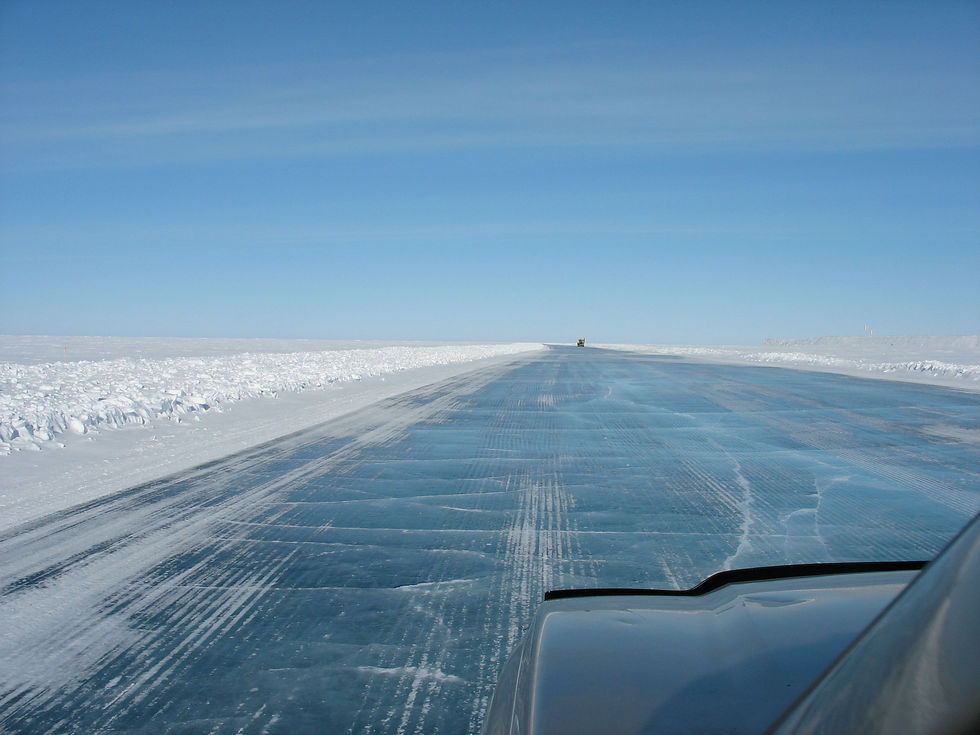
The northernmost river
The Thomsen, gliding crystal-clear through the treeless Eden of Aulavik National Park, is considered the farthest-north navigable river on the planet. Each summer, canoeists ride its flow of snowmelt to the Arctic Ocean, gawking at muskoxen and fishing for char, whitefish and the world’s northernmost trout. This voyage can be done independently with careful planning, but it is best done with a tour guide for those who want to be uttermost paddlers on the planet.
The most remote place
Welcome to Canada’s Empty Quarter – the vast unpopulated zone between the eastern shores of Great Slave and the coast of Hudson Bay. This sweeping swath of the Barrenlands has the lowest population density of anywhere outside of Antarctica – no roads, no homes, no Starbucks. There are a few fishing lodges here, and legendary rivers like the Thelon, plus tens of thousands of caribou, wolves, muskoxen, grizzlies and other critters. It’s a heckuva place to go if you want to get away from people.
The richest grounds
The Northwest Territories was once home to an array of hard-rock gold mines, some of the first oil wells in Canada, and a uranium mine that fueled the Manhattan Project. Now the territory produces something even richer. Canada’s first diamonds were discovered here in the 1990s. Thanks to these deposits, the country is now the world’s thirst-largest diamond producer.

The strangest beast
Call it what you want – nanulak, grolar bear, pizzly, p-grizzly. It’s part grizzly bear, part polar bear, and fully weird. The product of intermating between polar bear mamas and male brown bears that are spreading north due to climate change. Just two of the hybrids have been confirmed to exist, both right here in the Northwest Territories. However, it’s widely assumed that more of them are roaming the tundra up around Sachs Harbour and Ulukhaktok.
The earliest game
Fun fact: The Northwest Territories are the birthplace of hockey. While wintering here in the 1820s, Sir John Franklin’s men played a hockey-like sport on a frozen pond near Great Bear Lake – the earliest documented instance of what is, of course, the greatest game on Earth.
The oldest rock
Cropping up from a mid-river island north of Wekweeti, right at the cusp of the Barrenlands, is a mound of stone from the Earth’s beginnings. At more than 4 billion years old, the Acasta Gneiss is the most ancient exposed rock ever found. It is literally the oldest thing on Planet Earth.
Further information on the Northwest Territories can be found at www.spectacularnwt.com.



Comments